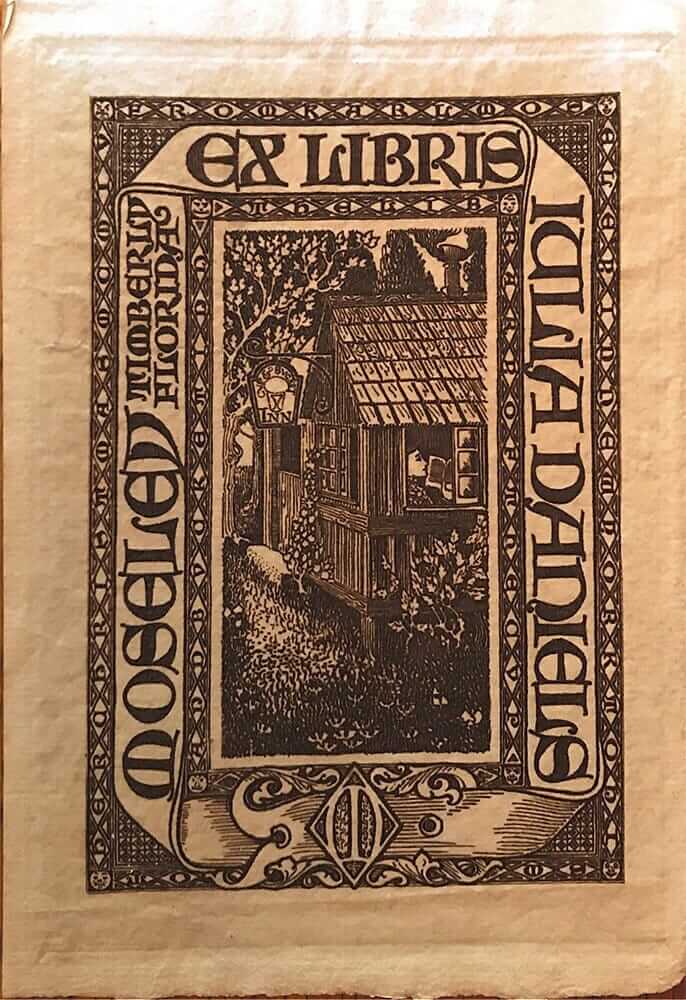” The grounds held young orange, lime and lemon trees, plum, peach and persimmon, palm and magnolia, umbrella and bay. Roses, vines, and flowers grew in beauty and sweet content on all sides. Castor beans grew to such a size the children climbed them and sat among the branches, whistling answering strains to the mockingbirds in the oaks. “
— Julia Daniels Moseley, 1894
The Land of Timberly
Timberly is the name given to the environmental landscape of the Moseley Homestead by Julia Daniels Moseley. The family viewed their homestead as part of the ecosystem, where nature, built structures, and human culture were interconnected and integrated. Julia was likely influenced by environmental philosophers of her time, such as Henry David Thoreau and John Muir. Muir was a contemporary of the Moseleys’ move to Florida, and in the 1890s, as he helped establish Yosemite National Park, co-founded the Sierra Club, and produced writings about his travels, Julia’s love for nature would have been inspired by these works. Books on nature, wilderness, and the environment were among the family library shelves in the Snug.
Scott and Julia’s eldest son and artist, Karl Moseley, created a bookplate to memorialize the Timberly. The design featured Julia sitting by the windows at the Cup & Bucket Inn in the Nest, reading with the wildness of the outside world all around her. The bookplate was used in all the family’s library volumes and inside books given as gifts to friends
The Ten Mile Lake Watershed
One of the main natural features of the Moseley Homestead is Ten Mile Lake. This sinkhole lake covers about 22 acres and is part of the Delany Creek Watershed. Throughout their lives, both Julia Daniels and Julia Winifred Moseley were passionately protective of the upland environment, recognizing that what happens on the land often shows in the water. Julia Winifred became a vocal critic of the widespread development occurring around her property and witnessed the urban expansion of malls and highways that eventually transformed Limona and incorporated the area into present-day Brandon.
The Moseley Homestead property reflects a way of living in harmony with nature rather than against it. Julia Winifred, as part of her life legacy, aimed not only to protect the homestead but also the watershed and to use the site to teach about responsible planning, watershed management, and environmental protection. History and culture were integral parts of the land’s system, and lessons from her grandmother before her inspired her to work towards preserving the land’s legacy for future generations. Human settlement in the area, in relation to these water and lake systems, continues to be a vital aspect of environmental stewardship and preservation.
Development in the area has caused surface water degradation and a lowering of the water table, while runoff and growth have led to increased nutrient loads and algal blooms. To Julia, Ten Mile Lake and the lessons from the Nest and Moseley Homestead landscapes provide scientists, agency regulators, and the public with a living laboratory to better understand Florida’s fragile and interconnected ground and surface waters and landscapes. Citizen scientists, historians, researchers, educators, and the public and their representatives can benefit from this protected area








